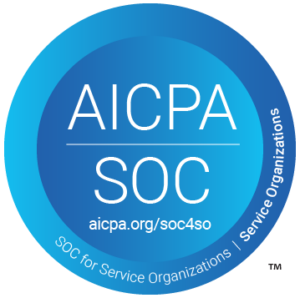Software testing has dramatically changed given the rise of AI, in general, and GenAI in particular. This is especially true of regression testing. In support of this game-changing boon to software QA teams, this Cheat Sheet focuses on regression testing, which GenAI has made vastly more efficient and effective. The Cheat Sheet articulates five best practices for regression testing, emphasizing the pivotal role of GenAI in this recently transformed testing paradigm.
1. Utilize GenAI for Automated Test Script Generation
- Employ GenAI to convert intricate use cases into comprehensive test scripts, ensuring that all functionalities and features are thoroughly tested.
- Exploit an AI-driven platform like AIQ to streamline the conversion of use cases into test scripts.
2. Proactive Test Script Development before Implementation
- Facilitate the creation of regression tests ahead of the coding process by using AIQ to automate wireframes, enabling a proactive approach to identifying potential issues and ensuring compliance with predefined requirements.
- Implement a systematic approach to integrate test script development with the initial phases of software development, thereby reducing the likelihood of overlooking critical testing requirements.
3. Automate Regression Detection with Comprehensive Test Coverage
- Use the GenAI-powered AIQ testing platform to automate testing that encompasses complete coverage of the application-under-test (AUT), ensuring that every change is meticulously evaluated for potential regressions.
- Implement robust test automation, such as provided by AIQ, that facilitates the seamless identification of discrepancies between expected outcomes and actual results, thereby streamlining the detection of regressions in the software.
4. Enforce Testable Criteria within Deployment Requirements
- Establish a stringent mandates requiring the inclusion of testable criteria within deployment requirements, ensuring that every change undergoes rigorous testing before implementation. Review the AIQ generated Blueprint Coverage Map of the AUT to accomplish this.
- Foster a culture of comprehensive testing by emphasizing the integration of exit testable criteria into the development lifecycle, thereby promoting the early detection and resolution of potential regressions.
5. Run a fresh regression testing suite on every build
Last but not least, run a freshly developed regression testing suite on every build. A GenAI-powered testing platform like AIQ makes this a labor-free exercise. Hence, it is a no-brainer to make it part of every software team’s standard operation procedures.
Conclusion
The emergence of GenAI in a platform like AIQ has revolutionized regression testing, enabling software development teams to achieve unparalleled efficiency and accuracy in the detection of potential issues and discrepancies. By leveraging the capabilities of GenAI to automatically develop regression tests, automate regression detection, and enforce testable criteria within deployment requirements, software development teams can ensure the seamless functioning and reliability of software systems.
These best practices will not only enhance the QA process but also contribute to the development of robust and resilient software systems that meet the highest standards of performance and reliability.
And don’t stop there. As QA leaders you should look for ways to expand your exploitation of AI throughout the Software Delivery Lifecycle and your DevOps toolchain.




